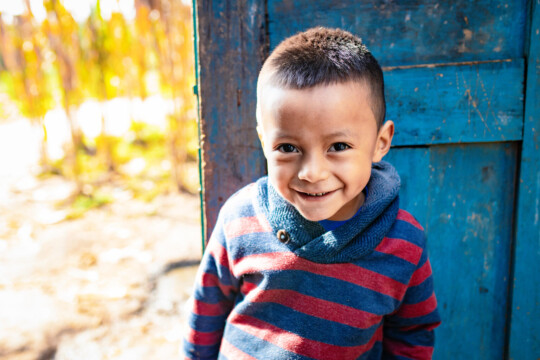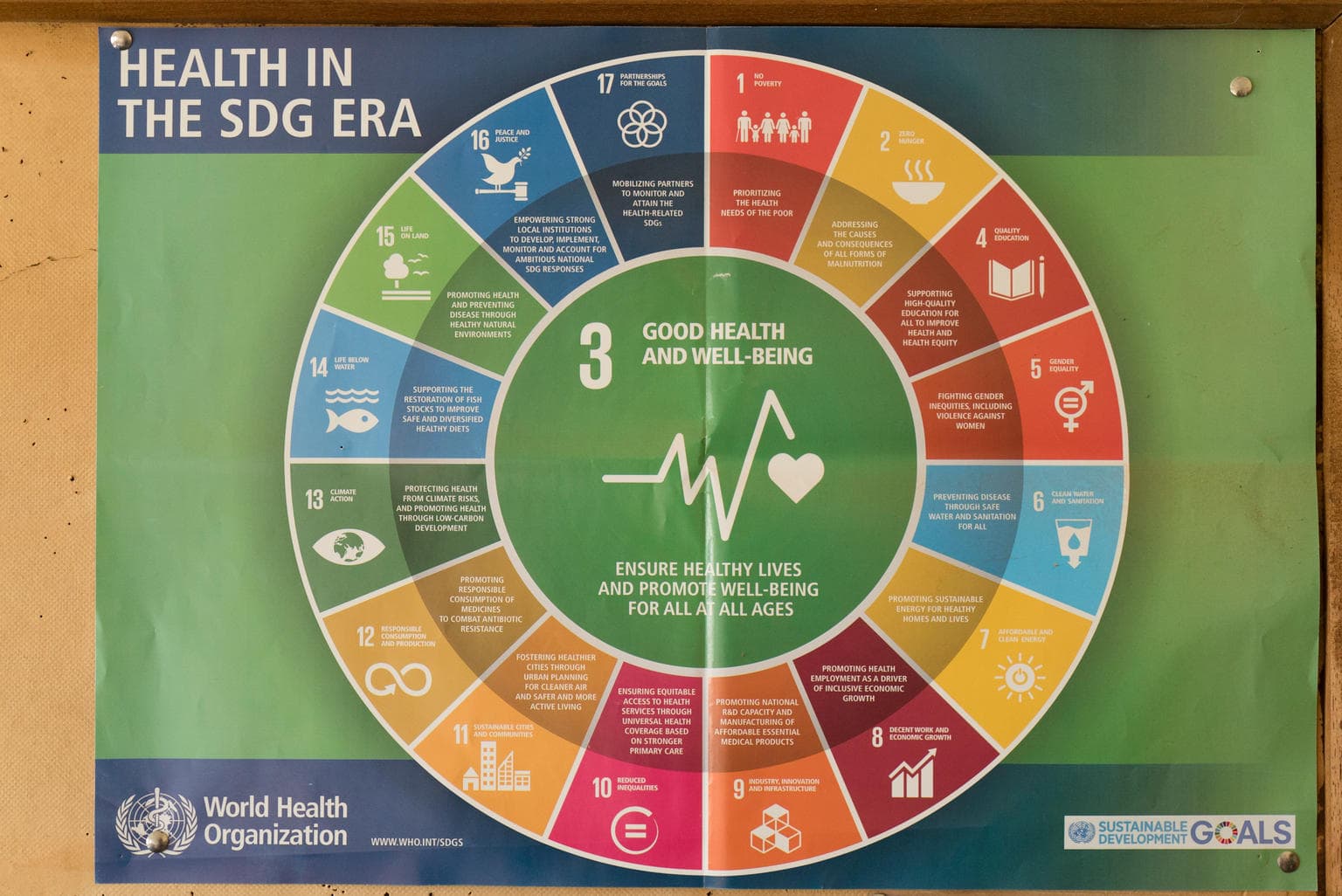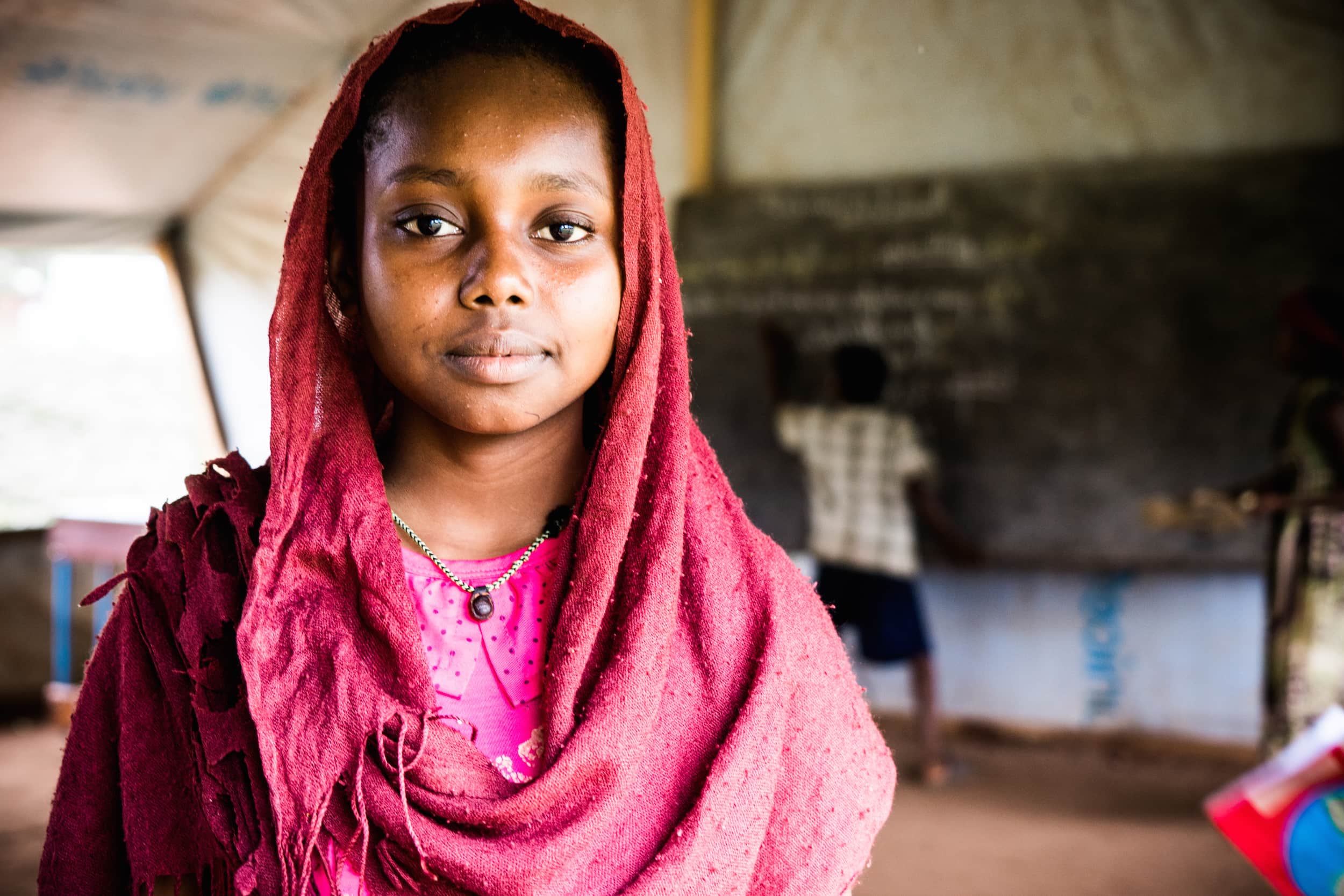Child survival
The world made remarkable progress in child survival in the past three decades, and millions of children have better survival chances than in 1990—1 in 27 children died before reaching age five in 2022, compared to 1 in 11 in 1990. However, progress in reducing under-five mortality has slowed in the first half of the SDG era (2015–2022) compared to what was achieved in the MDG era (2000–2015). Globally, the annual rate of reduction in under-five mortality decreased from 3.8 per cent in 2000–2015 to 2.1 per cent in 2015–2022.
Under-five mortality
The under-five mortality rate refers to the probability a newborn would die before reaching exactly 5 years of age, expressed per 1,000 live births. In 2022, 4.9 million children under 5 years of age died. This translates to 13,400 children under the age of 5 dying every day in 2022. Globally, infectious diseases, including pneumonia, diarrhoea and malaria, remain a leading cause of under-five deaths, along with preterm birth and intrapartum-related complications.
The global under-five mortality rate declined by 60 per cent, from 93 deaths per 1,000 live births in 1990 to 37 in 2022. Despite this considerable progress, improving child survival remains a matter of urgent concern. In 2022 alone, roughly 13,400 under-five deaths occurred every day, an intolerably high number of largely preventable child deaths.
Most regions in the world and 163 out of 200 countries at least halved their under-five mortality rate since 1990. Among all countries, 48 per cent (95) cut their under-five mortality by at least two-thirds over this same period – 38 of them are low- or lower-middle-income countries, indicating that, while the burden of child mortality is unevenly distributed throughout the world, improving child survival is possible even in resource-constrained settings.
Children continue to face widespread regional and income disparities in their chances of survival. Sub-Saharan Africa continues to be the region with the highest under-five mortality rate in the world—71 deaths per 1,000 live births. In 2022, 1 in 14 children in Sub-Saharan Africa died before reaching their fifth birthday—15 times higher than the risk for children born in high-income countries and more than 20 years behind the world average, which achieved a 1 in 14 rate by 2001. Disparities in child survival abound at the country level as well, where the risk of dying before age five for a child born in the highest mortality country is about 80 times higher than in the lowest mortality country, and all five countries with mortality rates above 100 deaths per 1,000 live births are in Sub-Saharan Africa.
With shifting demographics, the burden of child deaths is heaviest in Sub-Saharan Africa. Approximately 83 per cent of all under-five deaths in the world in 2022 occurred in just two regions: Sub-Saharan Africa (58 per cent) and South Asia (25 per cent). Due to growing child populations and a shift of the population distribution towards high-mortality regions, the share of global under-five deaths that occurred in Sub-Saharan Africa increased from 31 per cent in 1990 to 58 per cent in 2022 and is expected to increase even further in the next few decades.
Ending preventable child deaths worldwide will require targeted interventions to the age-specific causes of death among children. Despite strong advances in fighting childhood illnesses, infectious diseases, which disproportionately affect children in poorer settings, remain highly prevalent, particularly in Sub-Saharan Africa. Globally, infectious diseases, including pneumonia, diarrhoea and malaria, remain a leading cause of under-five deaths, along with preterm birth and intrapartum-related complications. Moreover, malnourished children, particularly those suffering from severe acute malnutrition, are at a higher risk of death from these common childhood illnesses. Access to life-saving interventions is critical to ensuring steady mortality declines in low- and middle-income countries.
Under-five mortality by wealth quintile and administrative level
While the absolute gap between the richest and the poorest narrowed in most countries since 1990, the relative gap persisted or increased in many countries. Children living in poorer households continue having a higher chance of dying than in the richest households. In 2022, under-five mortality rate among the children in the poorest households ranged from 3 per 1,000 live births to 142 per 1,000 live births, while those in the richest ranged from 2 to 95. Countries with the highest absolute gap between the richest and the poorest under-five mortality rate in 2022: Nigeria (88), Mali (67), Guinea (64). Progress in reducing under-five mortality is also uneven by wealth quintile. In Nigeria, under-five mortality rate in the richest households fell by 55 per cent from 1990 to 2022, while the poorest mortality rate declined by 44 per cent.
Explore data visualizations of under-five mortality rate estimates by wealth quintile
Despite national progress in reducing under-five mortality, subnational regional progress is uneven. In Nigeria, where the national under-five mortality rate for 2021 was 107 deaths per 1,000 live births, rates at administrative level 1 ranged from a low of 52 deaths per 1,000 live births to a high of 253 deaths per 1,000 live births in 2021. In Burundi, the national under-five mortality rate has declined by 61 per cent since 2000, while the per cent decline within administrative level 2 divisions ranged from a high of 80 per cent to a low of 56 per cent.
Explore data visualizations of under-five mortality rate estimates by administrative level 1 and 2

Under-five mortality data
Build and download your own customisable dataset
Resources











Notes on the data
Definitions of indicators
Under-five mortality rate: Probability of dying between birth and exactly 5 years of age, expressed per 1,000 live births.
Infant mortality rate: Probability of dying between birth and exactly 1 year of age, expressed per 1,000 live births.
Neonatal mortality rate: Probability of dying during the first 28 days of life, expressed per 1,000 live births.
Probability of dying among children aged 5–14: Probability of dying at age 5–14 years expressed per 1,000 children aged 5.
Probability of dying among youth aged 15–24: Probability of dying at age 15–24 years expressed per 1,000 youth aged 15.
Probability of dying among adolescents aged 10–19: Probability of dying at age 15–24 years expressed per 1,000 youth aged 15.
Data sources and methodology
If each country had a single source of high-quality data covering the last few decades, reporting on child mortality levels and trends would be straightforward. But few countries do, and the limited availability of high-quality data over time for many countries makes generating accurate estimates of child mortality a considerable challenge.
Nationally representative estimates of child mortality can be derived from several sources, including civil registration, censuses and sample surveys. Demographic surveillance sites and hospital data are excluded because they are rarely nationally representative. The preferred source of data is a civil registration system that records births and deaths on a continuous basis, collects information as events occur and covers the entire population. If registration coverage is complete and the systems function efficiently, the resulting child mortality estimates will be accurate and timely. However, many countries remain without viable or fully functioning vital registration systems that accurately record all births and deaths—only around 60 countries have such systems. Therefore, household surveys, such as the UNICEF-supported Multiple Indicator Cluster Surveys and the US Agency for International Development–supported Demographic and Health Surveys, which ask women about the survival of their children, are the basis of child mortality estimates for most developing countries.
The United Nations Inter-agency Group for Child Mortality Estimation (UN IGME) seeks to compile all available national-level data on child mortality, including data from vital registration systems, population censuses, household surveys and sample registration systems. To estimate the under-five mortality trend series for each country, a statistical model is fitted to data points that meet quality standards established by IGME and then used to predict a trend line that is extrapolated to a defined common reference year. Infant mortality rates are generated by either applying a statistical model or transforming under-five mortality rates based on model life tables. Neonatal mortality rates are produced using a statistical model that uses national available data and estimated under-five mortality rates as input. Mortality rates among children aged 5–14 and youth aged 15-24 were produced by using a similar model as for under-five mortality. These methods provide a transparent and objective way of fitting a smoothed trend to a set of observations and of extrapolating the trend from the earliest available data point to the present. A more detailed explanation is available in the explanatory notes (available in Arabic, English, French, Spanish and Russian).
An overview on the methodology is available in this year’s UN IGME report.
A peer-reviewed collection of articles that makes a vital contribution to transparency on UN IGME’s methodology for child mortality estimation. Topics include: an overview of the child mortality estimation methodology developed by UN IGME, methods used to adjust for bias due to AIDS, estimation of sex differences in child mortality, and more. The collection was produced with support from UNICEF and the independent technical advisory group of IGME. Read more.
More details on the data used in deriving estimates are available in CME Info http://www.childmortality.org.
Key references
- For a detailed description of the B3 methodology, see Alkema, L. and New, J.R. (2014). ‘Global estimation of child mortality using a Bayesian B-spline bias-reduction method’, Annals of Applied Statistics, Vol. 8, No. 4, 2122-2149. Available at http://arxiv.org/abs/1309.1602 [PDF].
- Full details of the methodology used in the estimation of child mortality for 2015 are available in the PLOSMedicine Collection on Child Mortality Estimation methods (ploscollections.org/childmortalityestimation).
- For changes to methods used for the 2019 estimates, refer to this year’s report.
- Alkema, L. et al., ‘National, regional, and global sex ratios of infant, child, and under-5 mortality and identification of countries with outlying ratios: a systematic assessment’, The Lancet Global Health, vol. 2, 9, 1 September 2014, pp. e521-e530, DOI: 10.1016/S2214-109X(14)70280-3 Available at http://arxiv.org/abs/1309.1602
- Alexander, Monica, and Leontine Alkema, ‘Global Estimation of Neonatal Mortality Using a Bayesian Hierarchical Splines Regression Model’, Demographic Research, vol. 38, 2018, pp. 335–372.
- Hill, K., et al., Trends in Child Mortality in the Developing World: 1960-1996 [Full publication [zip].
- You, D. et al. Global, regional, and national levels and trends in under-5 mortality between 1990 and 2015, with scenario-based projections to 2030: a systematic analysis by the UN Inter-agency Group for Child Mortality Estimation. The Lancet. 2015; 386: 2275–2286.
